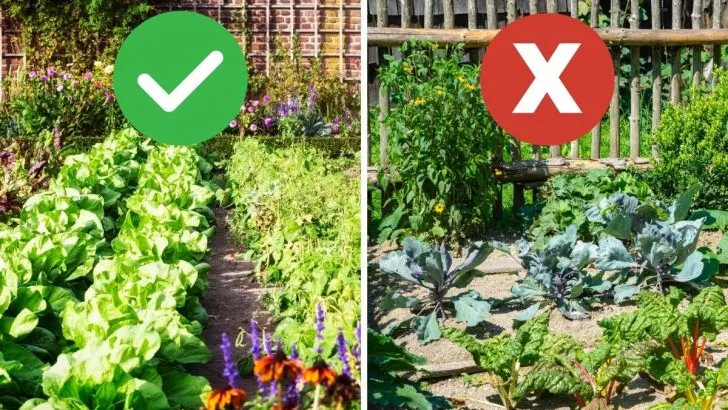Starting a vegetable garden can feel like an exciting project, but it’s easy to fall into common pitfalls if you’re new to it. Whether you’re driven by a desire to eat more sustainably or simply want to enjoy fresh produce from your own backyard, knowing what not to do is as important as knowing what to do. Avoiding these common mistakes will not only save you time and effort but also lead to a more productive and enjoyable gardening experience.
Why does getting your vegetable garden started on the right foot matter? Simply put, a well-planned garden leads to abundant crops and minimizes wasted resources. Paying attention to the details at the outset can make the difference between a bountiful harvest and a frustrating season.
1. Skipping Soil Preparation
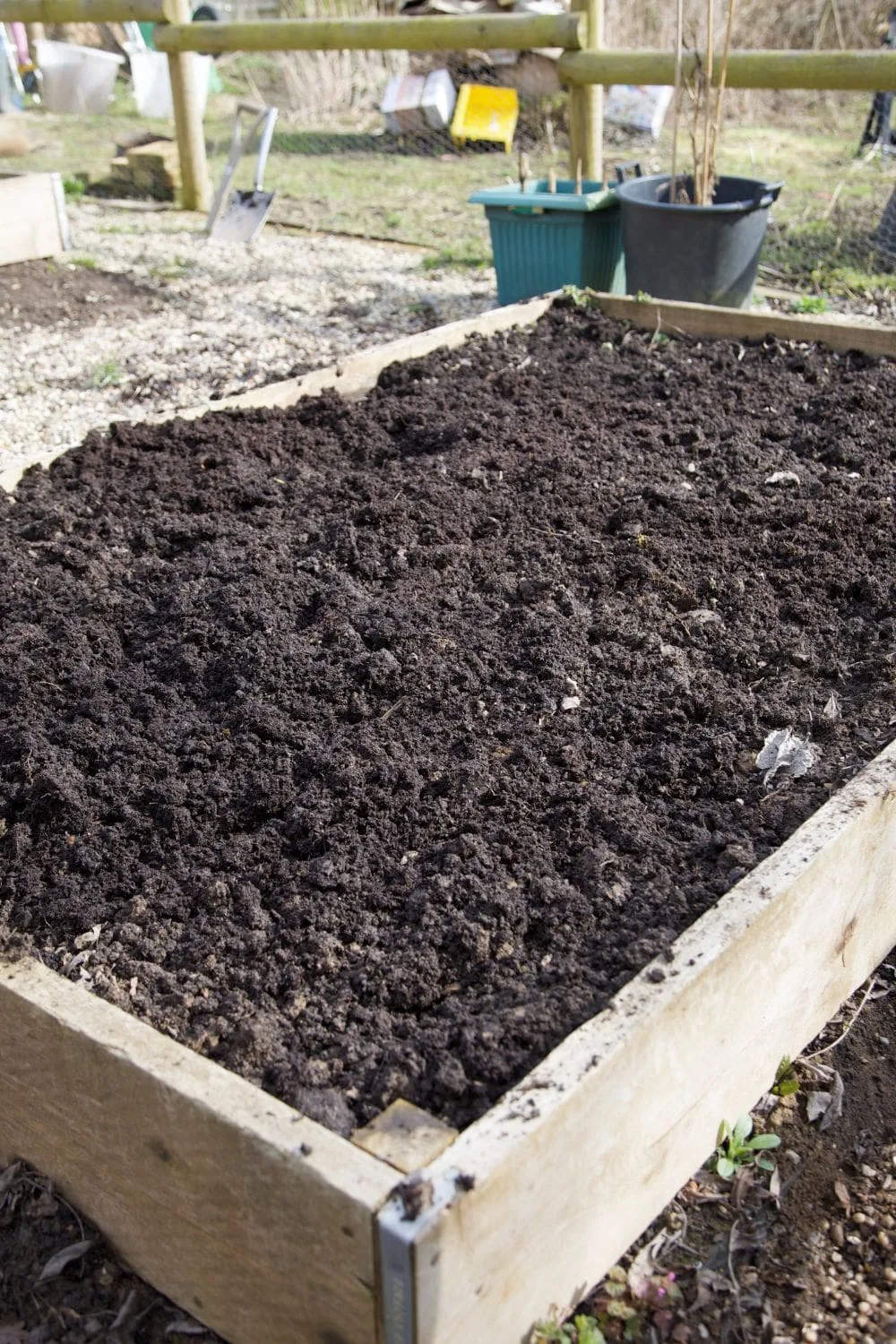
It might seem simple to just dig up a patch of earth and plant seeds, but ignoring soil preparation can seriously undermine your efforts. Healthy plants start with healthy soil, and developing the right soil structure and nutrient balance is key.
Before planting, test your soil to understand its pH and nutrient levels. Most vegetables prefer slightly acidic to neutral soil (pH 6.0-7.0). Amend your soil with compost or organic matter to enhance its texture and fertility. Skipping this step can lead to poor plant growth and lower yields.
2. Planting in the Wrong Location
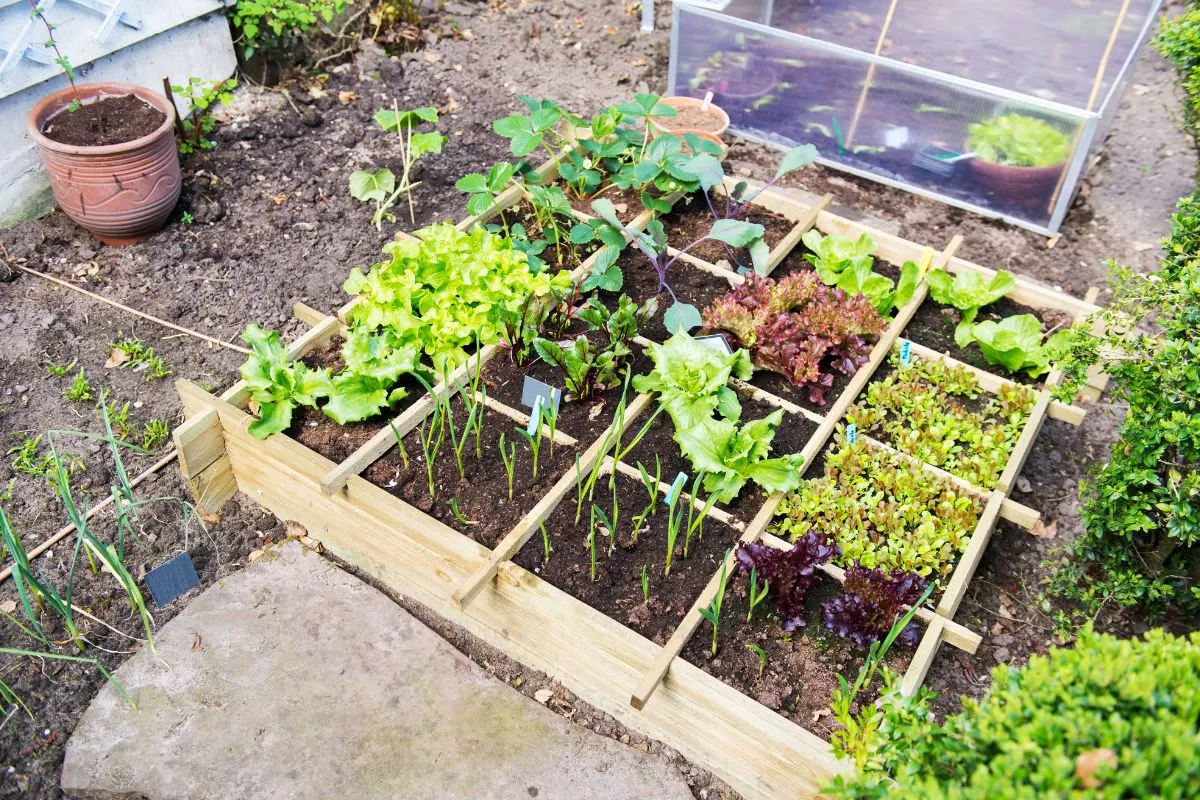
Location is crucial in vegetable gardening. Most vegetables require at least six to eight hours of direct sunlight per day. Planting in a spot that’s too shady will stifle growth and lead to disappointing results.
Observe your yard throughout the day to identify areas that receive ample sunlight. Remember that tall trees or structures can block sunlight and cast shadows on your garden. Choose a location that balances access to sunlight and protection from extreme weather conditions.
3. Overwatering or Underwatering
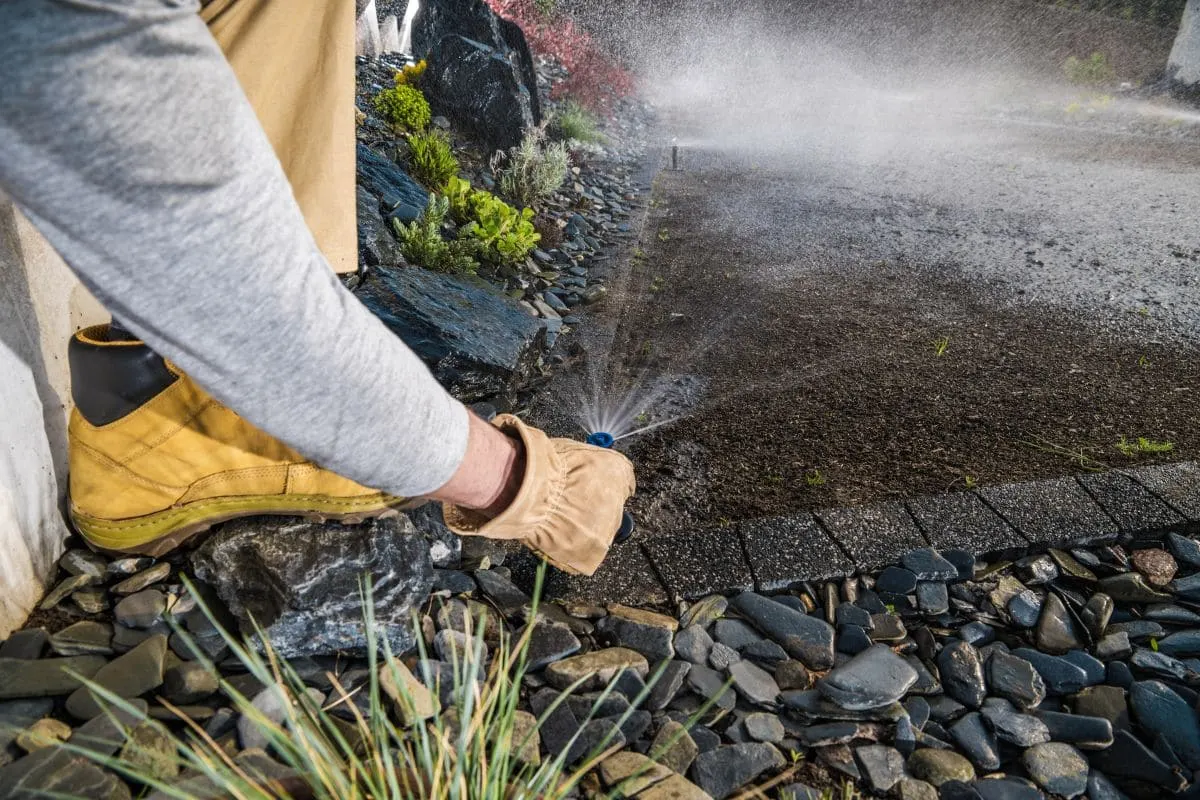
Watering can be a bit of a Goldilocks scenario—not too much, not too little, but just right. Watering mistakes are common and can result in wilting, root rot, or even attract pests.
The goal is consistent, deep watering that encourages roots to grow deeper into the soil. Pay attention to your garden’s needs: when the top inch of soil feels dry, it’s usually time to water. Mulching can also help retain soil moisture and reduce the frequency of watering.
4. Starting With Too Many Varieties
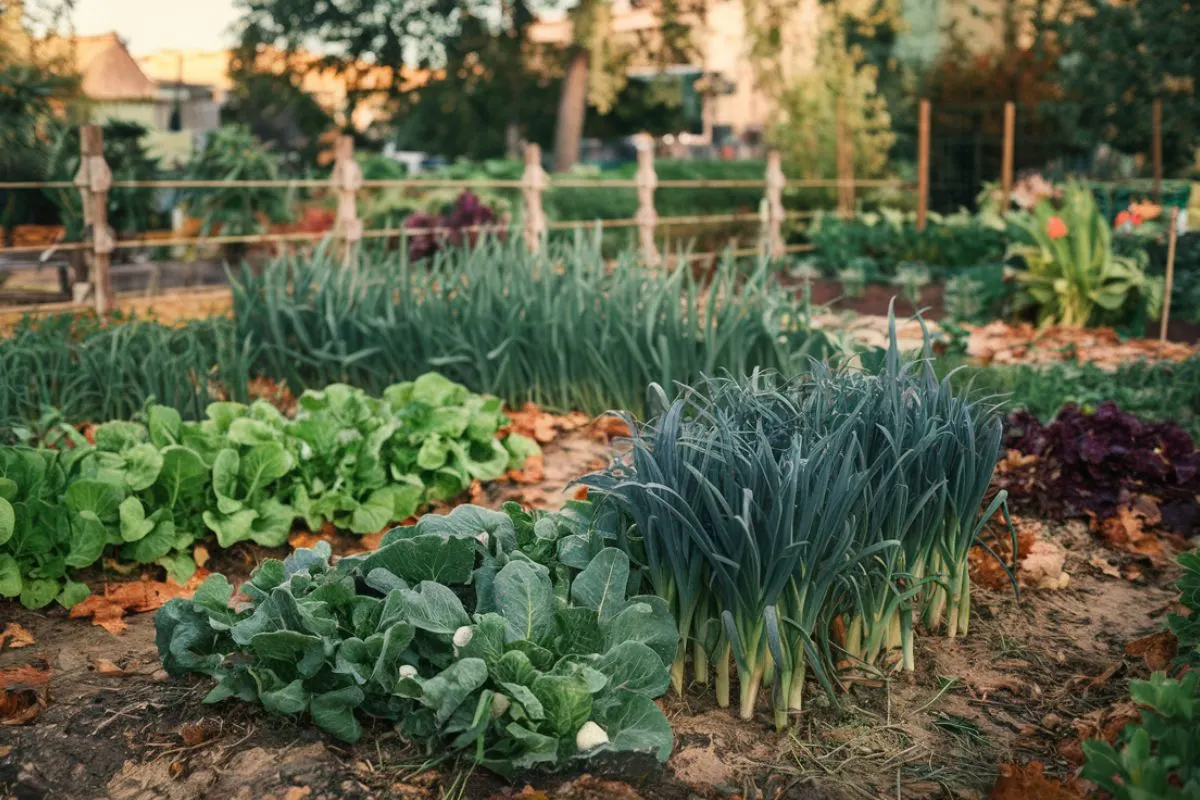
New gardeners often get enthusiastic and plant a bit of everything, but this is a classic rookie mistake. Different plants have different requirements, and managing them all can be overwhelming.
Start with a few easy-to-grow vegetables like lettuce, radishes, or cherry tomatoes. This allows you to focus on learning the basics of care and maintenance. As you gain confidence, you can gradually expand your garden’s diversity.
5. Ignoring Plant Spacing
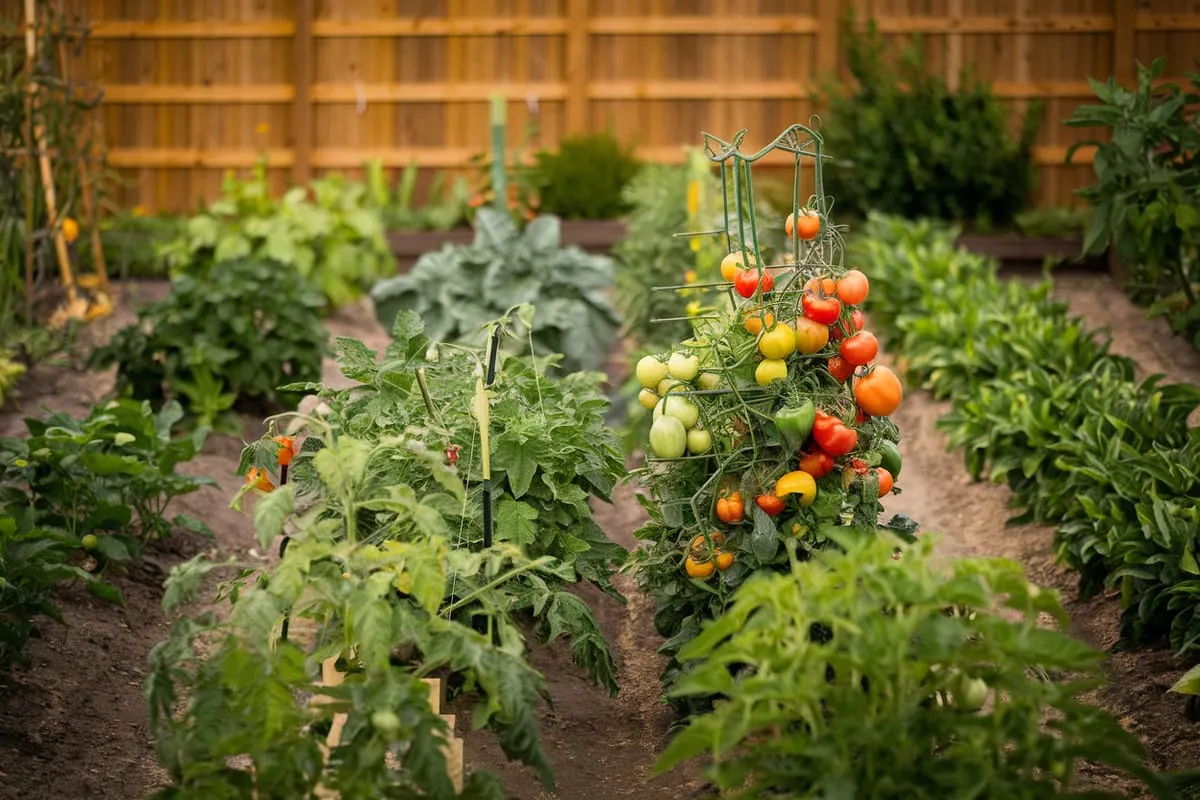
Seeds and seedlings might look small, but they need space to grow. Crowding plants can lead to competition for nutrients, light, and water, resulting in stunted growth and a lackluster harvest.
Read seed packets or plant labels carefully to understand the recommended spacing. Providing enough room for each plant ensures air circulation, which reduces the risk of diseases and helps plants thrive.
6. Not Rotating Crops
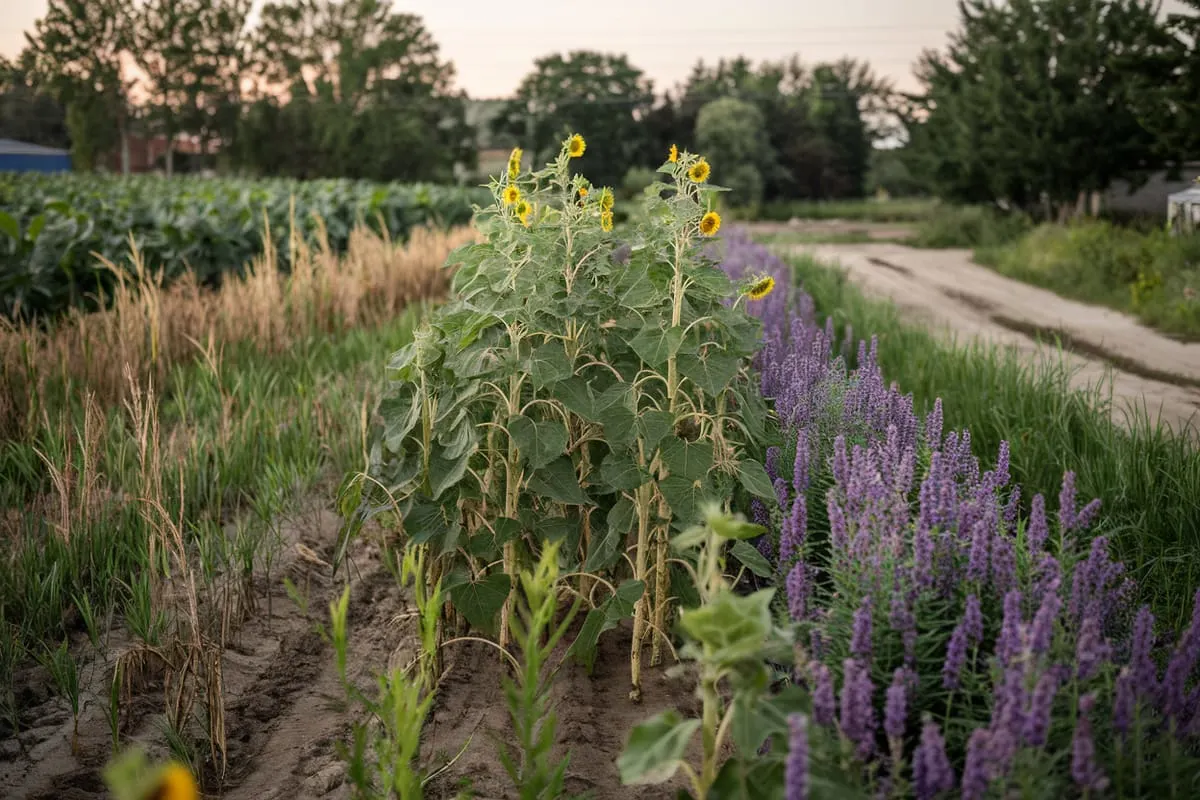
Growing the same crops in the same spot year after year depletes the soil of specific nutrients and can invite pests and diseases that target particular plants.
Implement crop rotation by changing the location of plant families each season. This practice helps maintain soil fertility and disrupts pest cycles, leading to healthier crops.
7. Falling to Pest and Disease Mismanagement
Pests and diseases are inevitable in gardening, but how you manage them determines your garden’s success. Over-reliance on chemical solutions can harm beneficial insects and damage the ecosystem of your garden.
Embrace a holistic approach by practicing integrated pest management. Use natural predators, promote plant diversity, and engage in regular plant inspections to catch issues early. Learn which pests are likely to affect your plants and have natural remedies ready.
8. Failing to Label Plants
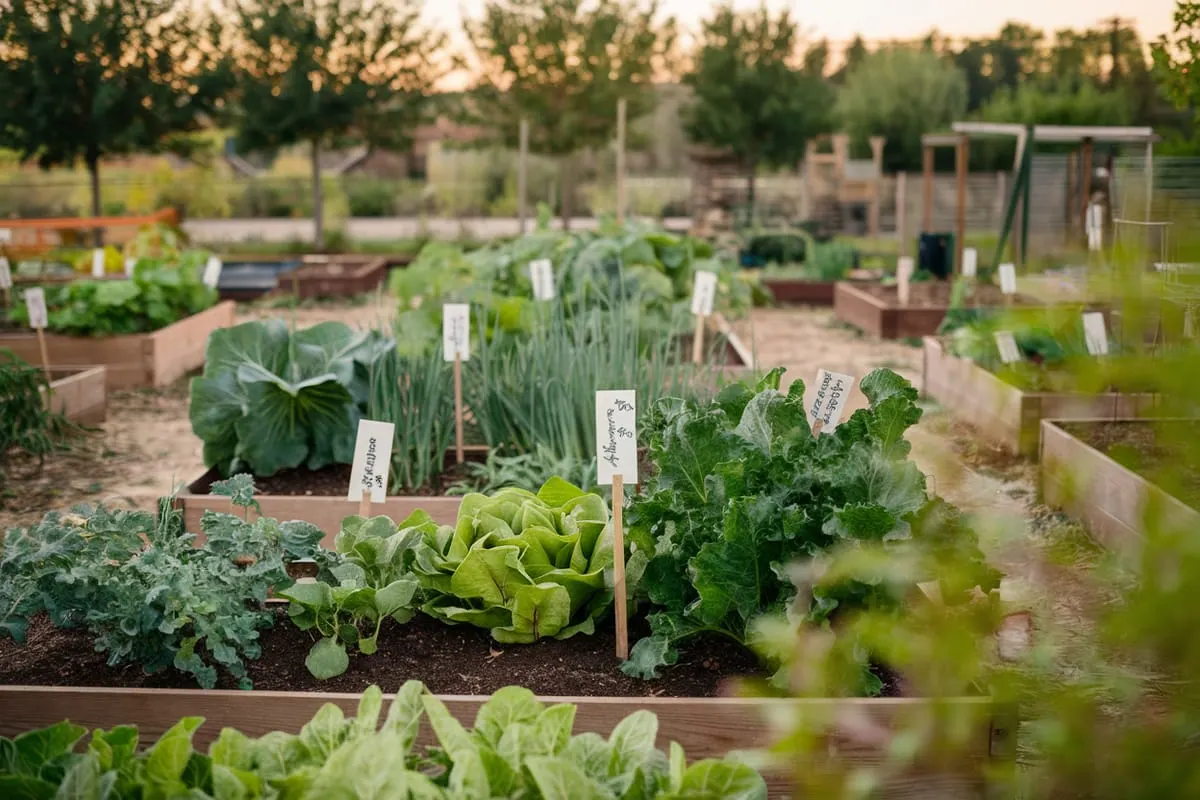
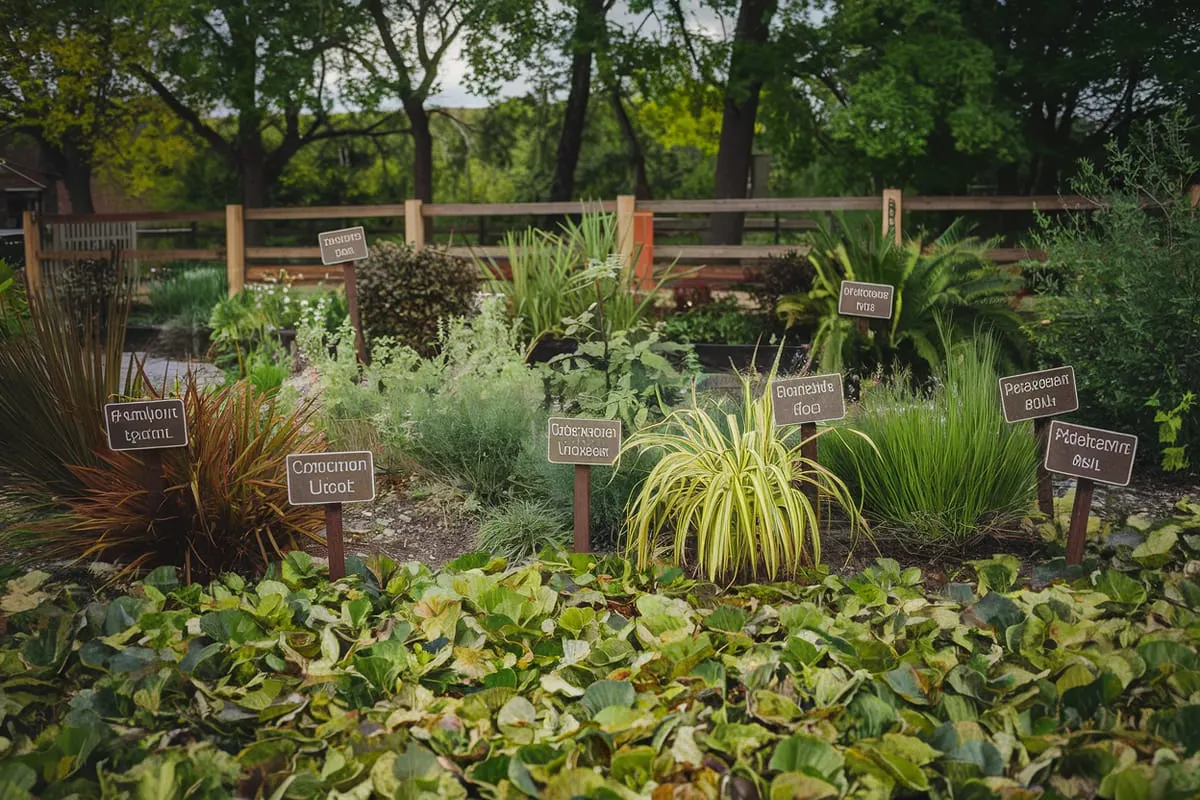
It may seem trivial, but forgetting to label your plants can cause confusion down the line, especially when dealing with multiple varieties. Knowing what you planted helps track growth progress and manage care requirements.
Use durable plant markers that withstand weather conditions to label each row or plant. This attention to detail will aid in managing your garden more effectively throughout the growing season.
9. Disregarding Harvest Timings

Knowing when to harvest is as crucial as knowing when to plant. Harvesting too early or too late can affect the flavor and texture of your vegetables.
Track the days to maturity listed on seed packets and observe the color and size indicators of ripeness. Each plant has specific signs of readiness, and getting familiar with these will lead to tastier and fresher produce.
10. Neglecting Maintenance
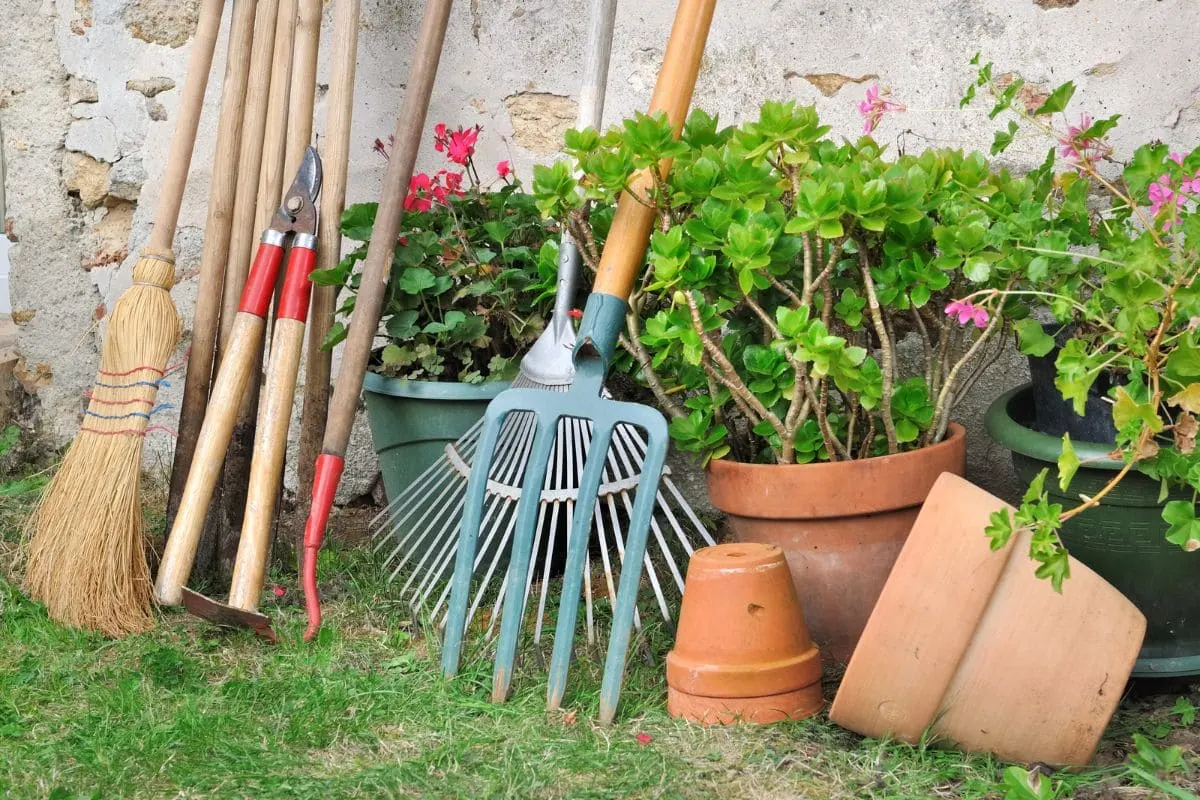
A vegetable garden is not a set-it-and-forget-it project. Regular maintenance like weeding, pruning, and checking for signs of trouble is essential for a thriving garden.
Set a weekly schedule for garden upkeep. Routine care not only keeps your garden healthy but also increases your enjoyment by allowing you to witness the gradual growth and changes.
Starting a vegetable garden involves a bit of learning, but avoiding these common missteps will set you on the path to a rewarding harvest. Remember, gardening is as much about the journey as it is about the destination, so enjoy watching your garden grow and the fruits of your labor flourish.

